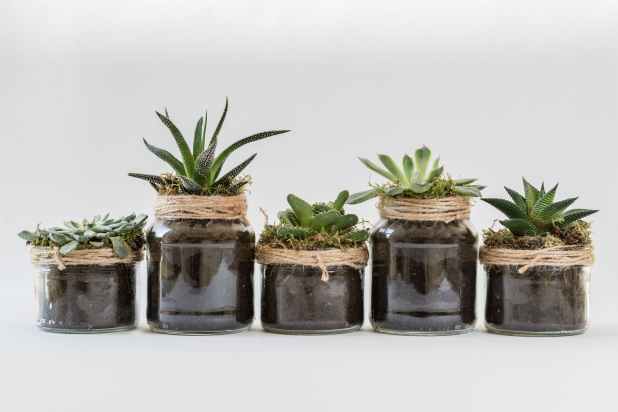
Houseplants have become increasingly popular over the years, and for good reason. Not only do they add beauty and style to our homes, but they also provide numerous benefits for our overall well-being. Studies have shown that having houseplants can improve air quality, reduce stress, boost creativity, and even increase productivity. If you’ve always admired the lush greenery in other people’s homes and dream of having your own indoor oasis, then it’s time to unleash your inner botanist and master the art of houseplant care.
The Benefits of Having Houseplants
Before diving into the world of houseplant care, it’s important to understand the many benefits they bring to our lives. Houseplants not only enhance the aesthetics of our homes, but they also have a positive impact on our physical and mental well-being.
One of the most well-known benefits of houseplants is their ability to improve air quality. They naturally purify the air by absorbing carbon dioxide and releasing oxygen through photosynthesis. Some houseplants, such as the Snake Plant and Peace Lily, are known for their air-purifying properties and can help remove harmful toxins like formaldehyde and benzene.

In addition to their air-purifying abilities, houseplants have also been proven to reduce stress and boost mood. Studies have shown that being in the presence of plants can lower blood pressure, reduce anxiety, and increase feelings of calmness and relaxation. The act of caring for plants has also been found to provide a sense of purpose and satisfaction, which can improve overall mental well-being.

Join the list
Join hundreds of our subscribers and be the first to know about new content and special offers.
Understanding the Basics of Houseplant Care
Now that we’ve established the benefits of having houseplants, it’s time to delve into the basics of houseplant care. Taking care of houseplants involves a combination of factors, including watering, lighting, temperature, and humidity. Understanding these basic principles will set you on the path to becoming a successful plant parent.
Watering is one of the most crucial aspects of houseplant care. Each plant has different water requirements, and it’s important to provide them with the right amount of moisture. Overwatering can lead to root rot, while under-watering can cause dehydration and wilting. The key is to strike a balance by checking the moisture level of the soil and adjusting your watering frequency accordingly.
Lighting is another important factor to consider when caring for houseplants. Different plants have varying light requirements, ranging from low to bright indirect light. Understanding the lighting needs of your plants will help you determine the best location for them in your home. It’s also important to rotate your plants periodically to ensure even growth and prevent them from leaning towards the light source.
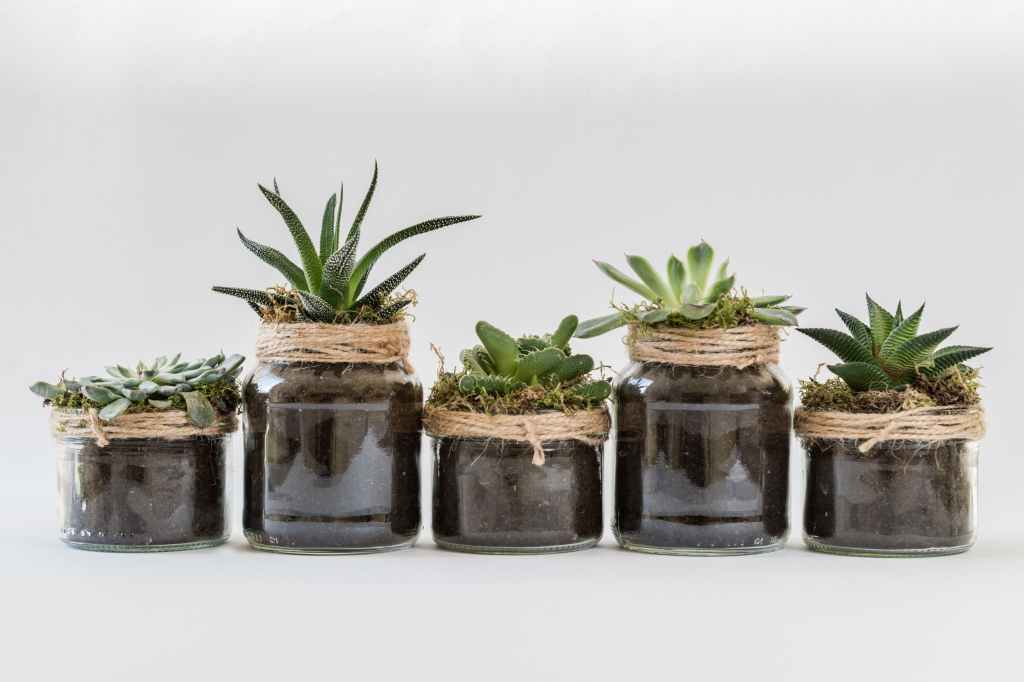
Temperature and humidity are also important factors to consider. Most houseplants thrive in temperatures between 60-75°F (15-24°C), but it’s important to research the specific needs of each plant. Some plants, like tropical varieties, thrive in higher humidity levels, while others prefer drier conditions. It’s important to provide the right environment for your plants to ensure their health and longevity.
Choosing the Right Houseplants for Your Home
Now that you have a good understanding of the basics of houseplant care, it’s time to choose the right plants for your home. There are countless varieties of houseplants to choose from, each with its own unique care requirements and aesthetic appeal. Here are a few factors to consider when selecting houseplants for your home:
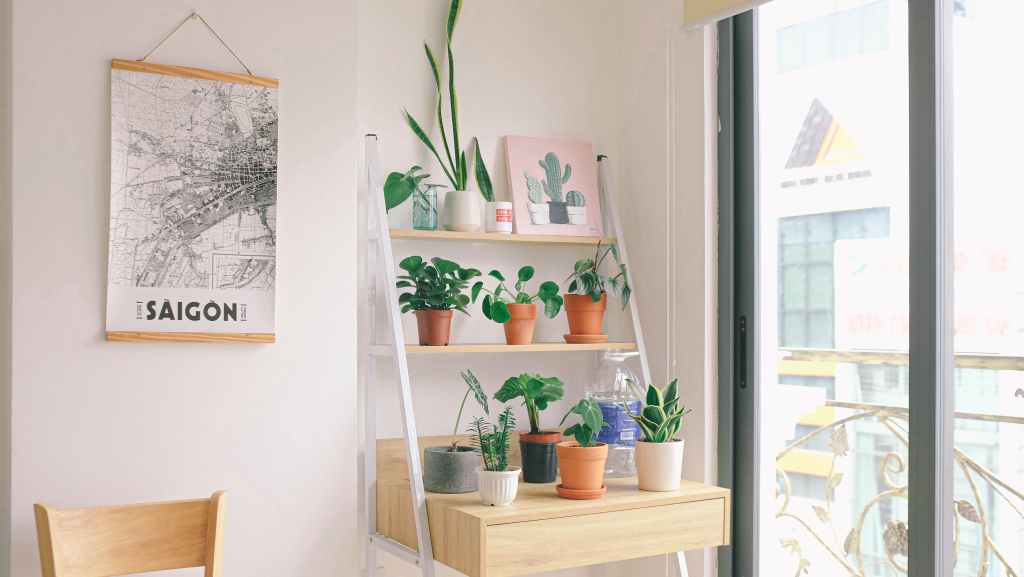
- Lighting conditions: Assess the lighting conditions in different areas of your home to determine which plants will thrive in each location. Some plants, like the ZZ Plant and Snake Plant, can tolerate low light conditions, making them suitable for dimly lit rooms.
- Space availability: Consider the size and growth habits of different plants to ensure they fit well in your space. If you have limited space, opt for compact varieties or plants that can be trained to grow vertically, such as ivy or pothos.
- Maintenance level: Some plants require more care and attention than others. If you’re a beginner or have a busy lifestyle, choose plants that are low-maintenance and can tolerate occasional neglect, such as succulents or cacti.
- Aesthetic preference: Take into account your personal style and the overall decor of your home. Choose plants that complement your aesthetic and add a touch of greenery to your space. Consider the shape, color, and texture of the leaves to create visual interest and variety.
By considering these factors, you can narrow down your choices and select the perfect houseplants for your home.
Essential Tools and Supplies for Houseplant Care
To successfully care for your houseplants, it’s important to have the right tools and supplies on hand. Here are some essential items that every aspiring plant parent should have:
- Watering can or spray bottle: A watering can with a long spout is ideal for watering larger plants, while a spray bottle is useful for misting plants that prefer higher humidity levels.
- Potting mix: A good quality potting mix is essential for providing the right nutrients and drainage for your plants. Look for a mix specifically formulated for indoor plants.
- Pots with drainage holes: It’s important to use pots with drainage holes to prevent water from pooling at the bottom and causing root rot. If you have decorative pots without drainage holes, use a plastic nursery pot that fits inside.
- Pruning shears: Pruning shears are handy for trimming dead or yellowing leaves, shaping plants, and removing any pests or diseased parts.
- Fertilizer: Houseplants need regular feeding to thrive. Choose a balanced liquid fertilizer and follow the recommended dosage instructions for each plant.
- Humidity tray or humidifier: Some plants, especially tropical varieties, benefit from higher humidity levels. A humidity tray filled with water or a small humidifier can help create the ideal environment for these plants.

By having these essential tools and supplies, you’ll be well-equipped to provide the best care for your houseplants.
Watering and Humidity Requirements for Different Types of Houseplants
Proper watering and humidity are crucial for the health and well-being of your houseplants. However, different types of plants have varying water and humidity requirements. Here’s a breakdown of some common houseplants and their specific needs:
- Succulents and cacti: These plants prefer drier conditions and should be watered sparingly. Allow the soil to dry out completely between waterings and avoid overwatering.
- Tropical plants: Tropical plants, such as Monstera and Calathea, thrive in higher humidity levels. Mist the leaves regularly or place a humidity tray nearby to increase moisture in the air.
- Ferns: Ferns prefer consistently moist soil, but not waterlogged. Water them when the top inch of soil feels dry and provide regular misting to increase humidity.
- Air plants: Air plants absorb moisture and nutrients from the air, so they don’t require traditional watering. Instead, mist them with water a few times a week or soak them in water for a short period.
- Herbs: Herbs like basil and rosemary prefer slightly drier conditions and should be watered when the top inch of soil feels dry.
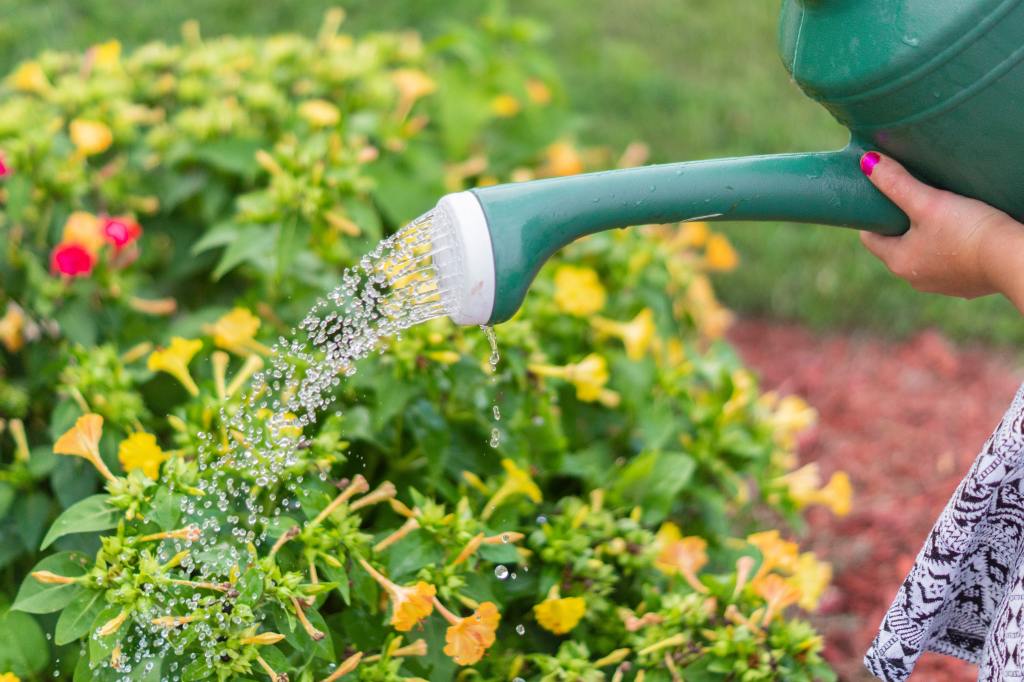
Remember to always research the specific watering and humidity requirements of each plant to ensure their optimal health.
Proper Lighting and Positioning for Houseplants
In addition to water and humidity, proper lighting is essential for the growth and well-being of your houseplants. Different plants have different lighting requirements, and understanding these requirements will help you determine the best positioning for your plants.
- Low light plants: Some plants, such as the Snake Plant and ZZ Plant, can tolerate low light conditions and are ideal for areas with minimal natural light. They can survive in fluorescent lighting or a few feet away from a window.
- Bright indirect light plants: Most houseplants fall into this category and prefer bright, indirect light. Place them near a north or east-facing window where they can receive bright light without being directly exposed to the sun’s harsh rays.
- Direct sunlight plants: Certain plants, like succulents and cacti, thrive in direct sunlight. Place them near a south or west-facing window where they can receive several hours of direct sunlight each day.
- Rotate your plants: To ensure even growth and prevent your plants from leaning towards the light source, rotate them every few weeks. This will help them develop a balanced and symmetrical shape.
By providing the right lighting conditions and positioning, you’ll set your houseplants up for success.
Fertilizing and Repotting Houseplants
In addition to regular watering and lighting, houseplants also require occasional fertilizing and repotting to thrive. Fertilizing provides essential nutrients that may be lacking in the potting mix, while repotting allows plants to grow and expand their root systems. Here are some guidelines for fertilizing and repotting your houseplants:
- Fertilizing: Most houseplants benefit from a diluted liquid fertilizer applied every 4-6 weeks during the growing season (spring and summer). Follow the recommended dosage instructions for each plant and avoid over-fertilizing, as it can lead to nutrient burn.
- Repotting: As plants grow, they may outgrow their pots and become root-bound. Repotting allows them to have more room for root growth and access fresh nutrients. Repot your plants every 1-2 years, or when you notice roots coming out of the drainage holes or circling around the pot.

When repotting, choose a pot that is slightly larger than the current one and use fresh potting mix. Gently loosen the root ball and place it in the new pot, filling in the gaps with additional soil. Water thoroughly after repotting to help settle the plant in its new home.
Troubleshooting Common Houseplant Problems
Even with the best care, houseplants can encounter a few common problems. Here are some troubleshooting tips for addressing these issues:
- Yellowing leaves: Yellowing leaves can be a sign of overwatering, underwatering, or nutrient deficiencies. Adjust your watering routine, ensure proper drainage, and consider fertilizing if necessary.
- Brown tips: Brown tips can indicate underwatering, low humidity, or salt buildup in the soil. Increase watering frequency, mist the leaves, or flush the soil with water to leach out excess salts.
- Wilting: Wilting can be a sign of underwatering, overwatering, or root rot. Check the soil moisture level, adjust your watering routine, and ensure proper drainage.
- Pests: Common pests that can infest houseplants include aphids, spider mites, and mealybugs. Use natural or organic pest control methods, such as neem oil or insecticidal soap, to eliminate pests.
By promptly addressing these issues, you can ensure the health and vitality of your houseplants.
Creating a Houseplant Care Routine
To ensure consistent care for your houseplants, it’s helpful to create a houseplant care routine. A routine will help you stay organized and ensure that your plants receive the care they need. Here are some steps to follow when establishing a houseplant care routine:
- Watering: Determine the watering needs of each plant and create a watering schedule. Use a moisture meter or check the soil moisture level with your finger to determine when it’s time to water.
- Lighting: Assess the lighting conditions in different areas of your home and place your plants accordingly. Make a note of which plants need more or less light and rotate them regularly.
- Fertilizing: Set reminders or mark your calendar to regularly fertilize your plants during the growing season. Follow the recommended dosage instructions for each plant.
- Maintenance: Schedule regular maintenance tasks, such as pruning, dusting the leaves, and checking for pests. Set aside dedicated time each month to tend to these tasks.
By following a consistent care routine, you’ll be able to provide the best care for your houseplants and ensure their long-term health.
Advanced Houseplant Care Techniques
Once you’ve mastered the basics of houseplant care, you can explore advanced techniques to take your plant parenting skills to the next level. Here are a few advanced care techniques to consider:
- Propagating: Propagating is the process of creating new plants from existing ones. This can be done through stem cuttings, leaf cuttings, or division. Research the specific propagation method for each plant you own and give it a try.
- Plant grooming: Plant grooming involves shaping and training your plants to grow in a desired manner. This can be done through pruning, pinching, or using plant supports. Grooming your plants not only promotes healthy growth but also enhances their aesthetic appeal.
- Soil amendments: As plants grow, the potting mix can become depleted of nutrients. Consider amending the soil with organic matter or slow-release fertilizers to provide a nutrient boost.
- Plant care experimentation: Once you have a good grasp of basic care techniques, you can experiment with different approaches to find what works best for your plants. This can include trying different watering methods, adjusting lighting conditions, or exploring alternative fertilizers.
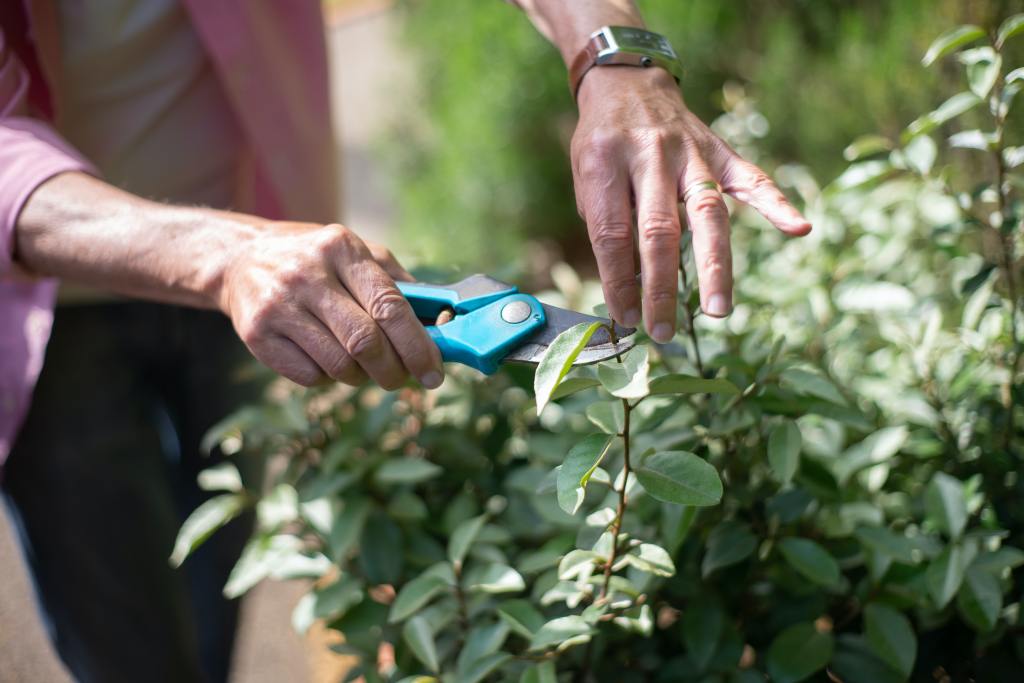
Remember to approach advanced techniques with caution and always research and understand the specific needs of each plant before attempting any new methods.
Congratulations! You’ve embarked on a journey to unleash your inner botanist and master the art of houseplant care. By understanding the benefits of having houseplants, learning the basics of care, choosing the right plants, and providing them with the proper tools, you’re well on your way to creating a thriving indoor oasis. Remember to be patient, observe your plants closely, and adjust your care routine as needed. With time and dedication, you’ll develop a green thumb and enjoy the many rewards that come with being a successful plant parent.
CTA
Ready to start your own indoor garden? Explore our wide selection of houseplants and join the growing community of plant lovers. Whether you’re a beginner or an experienced gardener, we have the perfect plants to suit your style and space. Start your journey to becoming a master of houseplant care today!
If you enjoyed this blog , please LIKE, Follow, Share & leave me a comment! I love your feedback!
If you aren’t following me on Facebook & Instagram, go on over & give a LIKE & Follow me for daily tips & tricks for your home & garden!
Remember to eat fresh, shop local, & have a happy day,
Jean
Copyright Policy
All text and images on this site are copyright of For Dragonflies And Me. Unless otherwise noted, you may not use this content
This post may contain affiliate links. If you choose to purchase through an affiliate link, I may receive a small commission at no additional cost to you. You can see my full disclaimer here.

